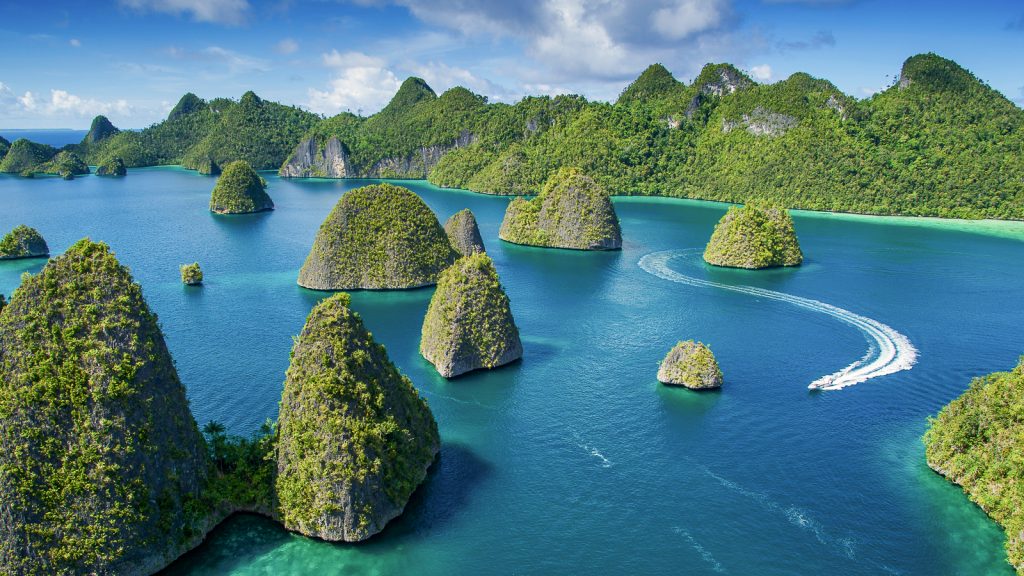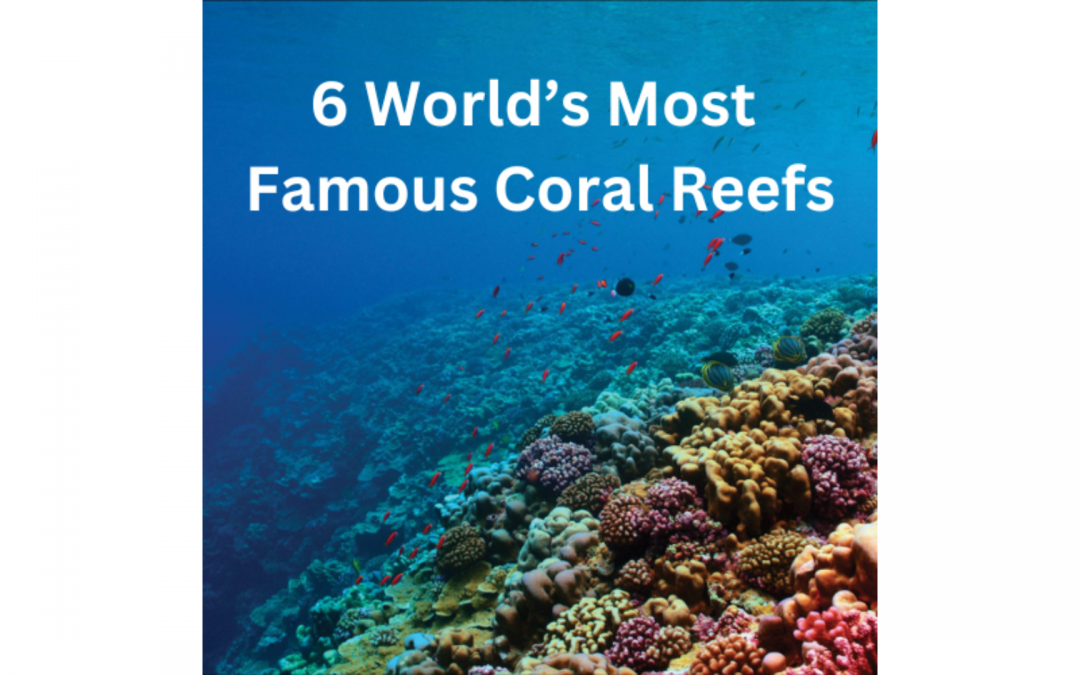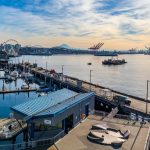We all have seen amazing and colorful corals mostly on Discovery or National Geographic Channel. Some of us would have seen them live while visiting holiday destinations or enjoyed some water sports. Through this new series, we will explore 6 of the world’s most famous coral reefs and also discuss how the shipping industry can affect these coral reefs.
Though the shipping industry is one of the most eco-friendly modes of transport, still it can cause loads of damages to the nature and beauty which lies beneath the sea.
How does shipping affect the coral reefs?
Well there is not one but there are multiple reasons. A grounded ship may smash hundreds of years worth of coral growth in an instance. Some of the biggest risks and impacts from shipping include: Oil spills, groundings, shipwrecks, accidents or fires can release oil into sensitive habitats. Over time, fuel, oil, paints and other chemicals may leak from the ship, continuing to damage the fragile corals as ships rusts in the harsh marine environment.
Ships cause damage to marine life which balances the eco-system. In many places where coral thrives, the cruise industry destroys it to build docks and channels to get into port. Marine transportation still generates negative impacts on the marine environment, including water pollution, greenhouse gas emissions, releases of ballast water containing aquatic invasive species, historical use of oil and chemical spills, dry bulk cargo releases, garbage, underwater noise.
Shipping also contributes to climate change through emissions of Black Carbon, tiny black particles, produced by combustion of marine fuel. The highest amounts of black carbon particles are produced by ships burning heavy fuel oil.
The faster a vessel moves, the higher the emissions. Slow steaming is an excellent way to minimize emissions and lower carbon footprint. This not only reduces emissions but reduces fuel consumption. Route planning optimization is also a good strategy as it helps ships arrive on time using the shortest distance. Ship owners can minimize their environmental impact by: Increasing Efficiency, Proper Waste Management, Reduce Emissions and Prevent oil spills.
Ecologist have stated very large wrecks can serve as havens for reef-building corals, which are as diverse as corals found on neighboring natural reefs. Large artificial reefs could protect coral biodiversity from warming surface waters.
In this series, we intend to inform you about how The Great Barrier Reef, Raja Ampat, The Red Sea Coral Reefs, Coral Reefs of the Maldives, Mesoamerican Reef and Andaman & Nicobar Island Coral Reef have been affected by shipping.

Great Barrier Reef, Australia – The biggest coral reef in the world, the Great Barrier Reef, is also one of the healthiest in the world. It lies in the Coral Sea around 93 miles off the northeastern coast of Queensland, Australia. It spans 1400 miles or 2300 km and consists of 2900 individual coral reefs and 900 islands.
The reef is home to over 1500 fish species, 6 turtle species, 15 types of seagrass, 5000 species of mollusc, 9 species of seahorse, and the list goes on. About 250 types of seabirds visit the reefs or live around their coastlines.
An inspection team has found the damage resulting from the 3 April grounding of a bulk carrier on the Great Barrier Reef (Australia), a World Heritage site. Initial inspections indicate the impact site covers approximately 2.5 km, and reef scarring and potentially toxic paint residue have been found. The coral and sea bed structure was completely crushed in some areas and approximately three tons of oil were leaked into the sea.
UNESCO Director-General Irina Bokova and the Chairman of the World Heritage Committee João Luiz Silva Ferreira urge improved protection against such risks for World Heritage sites. “The Great Barrier Reef is one of the jewels in the World Heritage crown,” Ms. Bokova said. “It is also an extremely vulnerable ecological system that requires careful protection. I welcome the proposed new measures.” Mr. Silva Ferreira cautioned: “The international community should regard this incident as a warning for the future and take the necessary measures to prevent this type of incident from happening again in World Heritage sites.”

Raja Ampat, Indonesia – One of the richest and most diverse coral reefs in the world, the Raja Ampat or ‘The Four Kings’ reef, is made of 450 different species of corals. It lies in the Coral Triangle and has 75% of all identifiable coral species on earth.
It covers 4.6 million hectares, of which 2 million comes under the marine protection zone, which houses over 1600 fish species, six endangered turtle species and 17 kinds of marine mammals. The cruise ship that hit the reef on March 4 damaged 18,882 square meters of coral reef, the Indonesian government said. A preliminary estimate had identified only 1,600 square meters of damaged reef. It will take 50 to 100 years for the Raja Ampat coral reef to be restored.
The cruise ship Caledonian Sky ran aground in waters off Raja Ampat Islands in West Papua province on March 4, destroying in what is often described as a pristine beach paradise. The types of reefs that were damaged by the ship are Genus Porites, Acropora, Poicilopora, Tubastrea, Montipora, Stylopora, Favia and Pavites.
Despite all the effort put forward by many ecologists on deep shipwrecks, we still do not know the full potential of artificial reefs to assist in the fight to save corals from ongoing severe ocean warming. According to some researches, Coral reefs are gradually nearing extinction, thanks to ocean acidification, seaweed ontogeny and bacterial disease.
Do let us know your thoughts in the Comments below.
Stay tuned for the next blog in this series!






